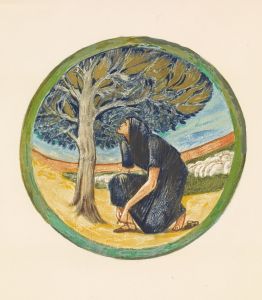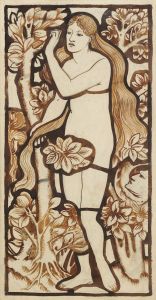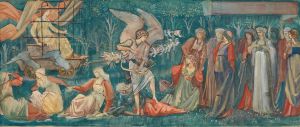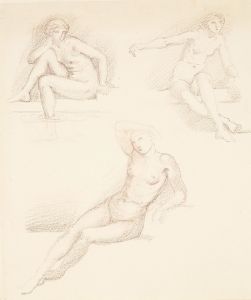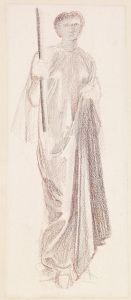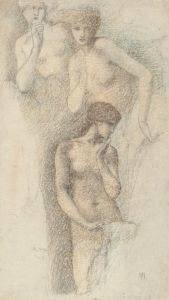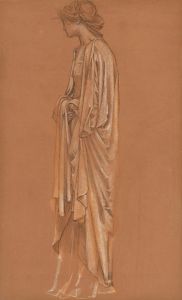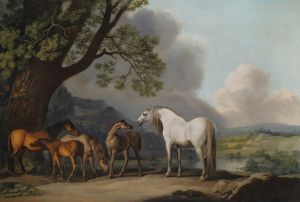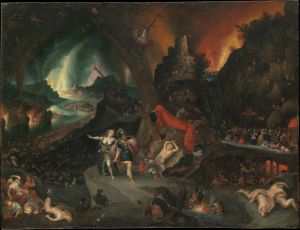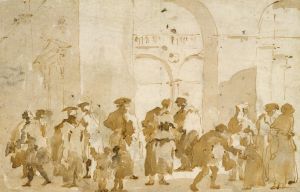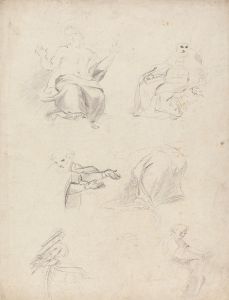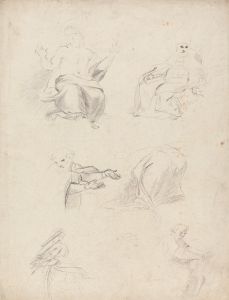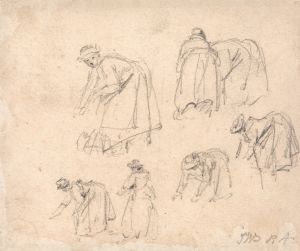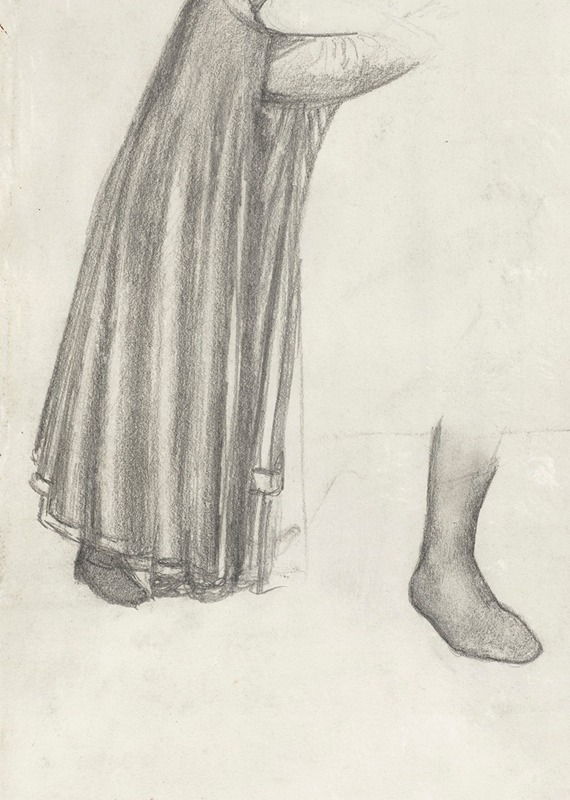
Figure studies for ‘Clerk Saunders’
A hand-painted replica of Sir Edward Coley Burne-Jones’s masterpiece Figure studies for ‘Clerk Saunders’, meticulously crafted by professional artists to capture the true essence of the original. Each piece is created with museum-quality canvas and rare mineral pigments, carefully painted by experienced artists with delicate brushstrokes and rich, layered colors to perfectly recreate the texture of the original artwork. Unlike machine-printed reproductions, this hand-painted version brings the painting to life, infused with the artist’s emotions and skill in every stroke. Whether for personal collection or home decoration, it instantly elevates the artistic atmosphere of any space.
"Figure studies for ‘Clerk Saunders’" is a work by the renowned British artist Sir Edward Coley Burne-Jones, a key figure in the Pre-Raphaelite Brotherhood and the broader 19th-century British art movement. Burne-Jones is celebrated for his intricate and romantic style, which often drew upon themes from mythology, literature, and medieval history. His work is characterized by its attention to detail, use of rich colors, and the ethereal quality of his figures.
The "Figure studies for ‘Clerk Saunders’" are preparatory sketches for a painting that Burne-Jones intended to create based on the traditional Scottish ballad "Clerk Saunders." This ballad tells the tragic story of a young couple, Clerk Saunders and May Margaret, whose love is thwarted by societal norms and familial opposition. The narrative is imbued with themes of love, betrayal, and supernatural elements, making it a fitting subject for Burne-Jones, who often explored such motifs in his work.
Burne-Jones's figure studies typically involve detailed sketches of the human form, capturing various poses and expressions to be used in his final compositions. These studies are crucial for understanding his artistic process, as they reveal the meticulous planning and consideration that went into his paintings. The studies for "Clerk Saunders" would have included depictions of the main characters, exploring their emotional states and interactions, as well as any symbolic elements that Burne-Jones intended to incorporate into the final piece.
The artist's approach to figure studies was influenced by his admiration for the Italian Renaissance, particularly the works of artists like Botticelli and Michelangelo. Burne-Jones's figures often exhibit a similar grace and idealized beauty, with elongated forms and serene expressions. His studies were not merely technical exercises but were imbued with the same poetic and narrative qualities that characterized his finished works.
While the final painting of "Clerk Saunders" may not have been completed or has not survived, the figure studies themselves are valuable artifacts of Burne-Jones's creative process. They provide insight into his artistic vision and the themes that captivated him. These studies are often held in collections of major art institutions, where they are appreciated both for their aesthetic qualities and their contribution to the understanding of Burne-Jones's oeuvre.
Burne-Jones's work, including his figure studies, played a significant role in the revival of interest in medieval and romantic themes in art during the Victorian era. His influence extended beyond painting, impacting the decorative arts and the broader aesthetic movement of the time. Today, his legacy endures, with his works continuing to be celebrated for their beauty, craftsmanship, and emotional depth.
In summary, the "Figure studies for ‘Clerk Saunders’" by Sir Edward Coley Burne-Jones are an important part of his artistic legacy, reflecting his skill in capturing the human form and his deep engagement with literary and historical themes. These studies offer a window into the creative process of one of the 19th century's most influential artists, whose work continues to inspire and captivate audiences.





